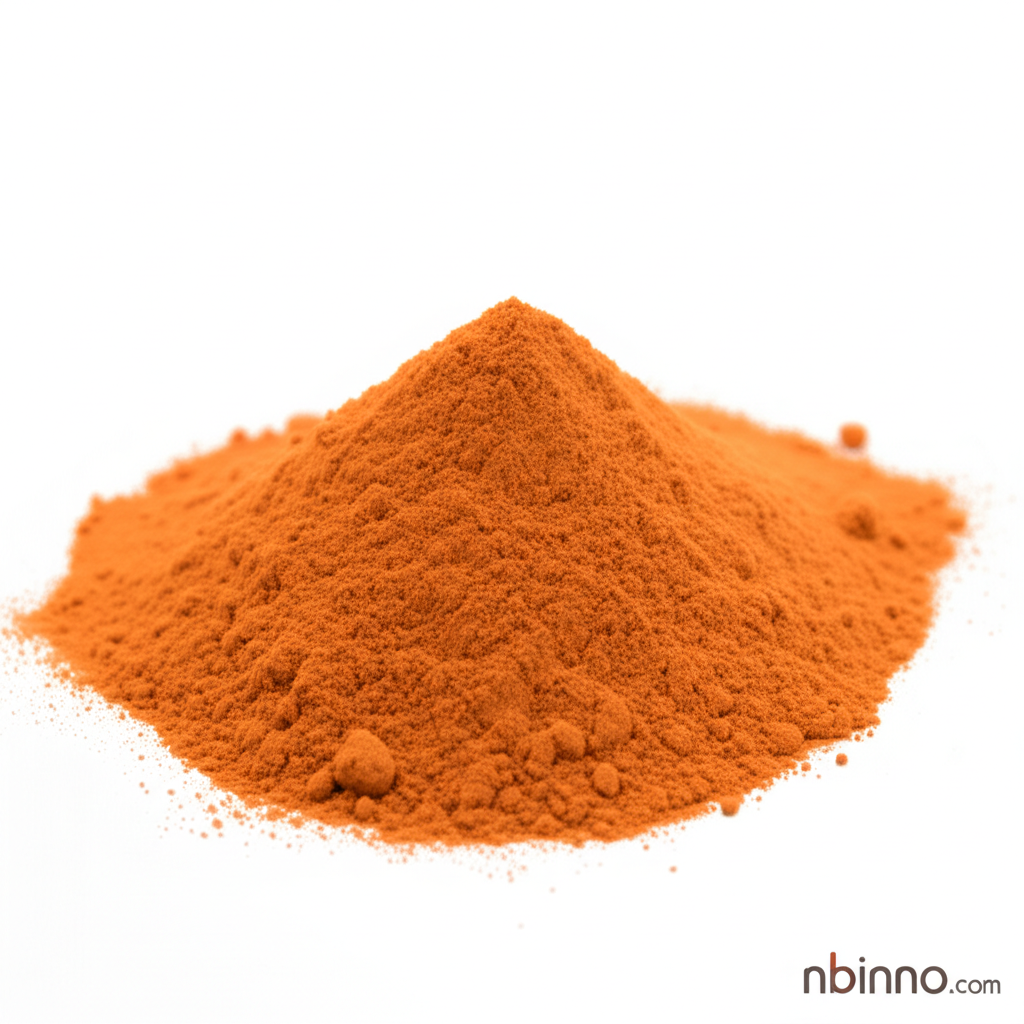Alizarin Complexone (CAS 3952-78-1): A Versatile Reagent for Metal Ion Determination
Unlock precise chemical analysis with Alizarin Complexone, your key to accurate metal ion quantification.
Get a Quote & SampleProduct Core Value

Alizarin Complexone
Alizarin Complexone, identified by CAS 3952-78-1, is a high-purity chemical (assaying at 98%) renowned for its exceptional capabilities in analytical chemistry. Its core value lies in its ability to facilitate the precise Spectrophotometric determination of fluorine and serve as a crucial complexation indicator for a wide range of metal ions.
- Discover the advantages of Alizarin Complexone for precise fluorine determination, a critical application in environmental and industrial monitoring.
- Utilize its power as a complexation indicator for the accurate determination of barium, calcium, and other essential metal ions.
- Leverage the high assay of 98% for reliable and repeatable results in your analytical procedures.
- Explore its utility in determining lead, strontium, and zinc with high sensitivity and specificity.
Advantages of Using This Product
Enhanced Analytical Accuracy
Achieve superior accuracy in your chemical analyses, especially for the Spectrophotometric determination of fluorine, thanks to the reliable performance of Alizarin Complexone.
Versatile Metal Ion Complexation
This compound acts as a highly effective complexation indicator, simplifying the determination of numerous metal ions like copper, cobalt, and indium in various samples.
High Purity and Reliability
With an assay of 98%, Alizarin Complexone guarantees consistent and dependable results, making it a trusted choice for critical laboratory applications.
Key Applications
Fluorine Determination
Alizarin Complexone is instrumental in the Spectrophotometric determination of fluorine, providing accurate measurements for various analytical needs.
Metal Ion Analysis
It serves as a vital complexation indicator for the determination of a broad spectrum of metal ions, including lead, zinc, and cadmium.
Analytical Chemistry
This reagent is a staple in analytical chemistry laboratories for its efficacy in quantitative analysis and qualitative identification of substances.
Biochemical Research
Beyond traditional analysis, it's used in biochemical research to study metal ion interactions with biological molecules.
